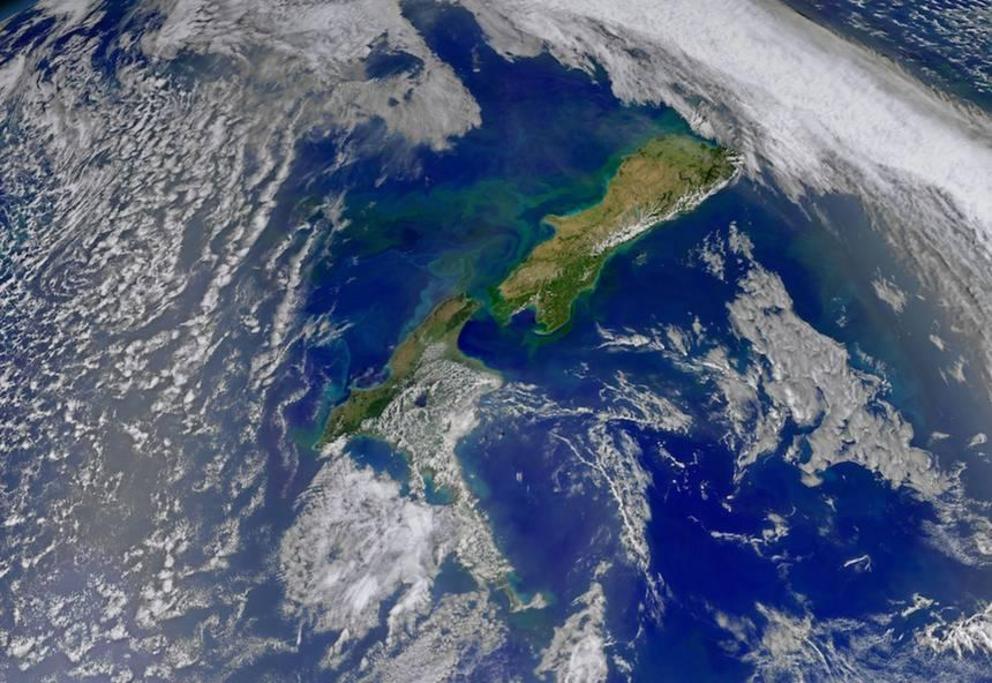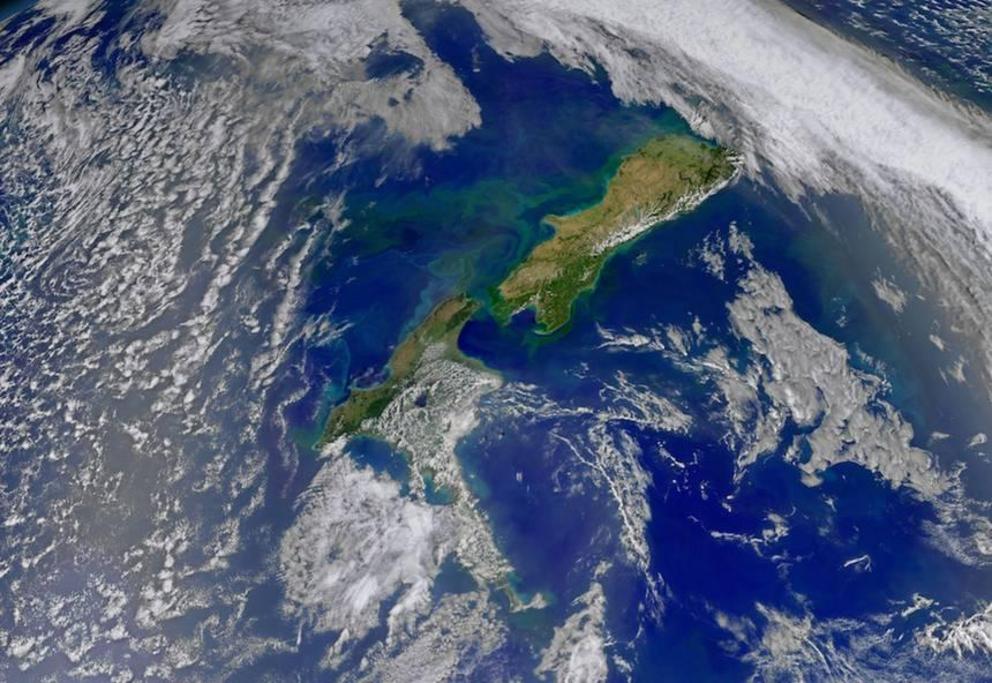There's a secret hidden continent beneath New Zealand
Scientists have been studying the huge submerged landmass for decades and are now pushing for its recognition as a continent.
Everyone knows that there are seven continents – but it’s becoming increasingly evident that maybe we don’t actually know that much about the planet we call home. New mysteries are regularly revealed; for heaven’s sake, we’ve only explored less than five percent of the ocean. Out of the 10 million species that dwell there, we know only one million of them. This planet holds so many beautiful secrets, many of which are right under our noses.
Which is why it’s both completely surprising and then again not at all to learn that there is an eighth continent, according to scientists who have been studying it for decades. Meet "Zealandia."
The enormous landmass is almost entirely submerged in the southwest Pacific, though you would know it’s highest mountains that peek out from the water in the shape of New Zealand. The highest point of Zealandia is Aoraki–Mount Cook at 12,218 feet (3,724 meters).
South Islands and New Caledonia also belong to the continent contender. All together, the area measures a whopping 1.9 million square miles (5 million square kilometers) – for comparison, that’s about two thirds of the size of nearby Australia.

But if there’s a landmass that is 94 percent underwater, isn’t it just ocean floor? What makes researchers think it deserves continent status?
In a study published in the Geological Society of America's Journal, the authors explain continent-making criteria, of which Zealandia fulfills the requirements. Here’s a summary of their summary of the four key attributes of continents and assess how Zealandia meets these criteria.
Elevation
Zealandia is everywhere substantially elevated above the surrounding oceanic crust. The main difference with other continents is that it has much wider and deeper continental shelves than is usually the case.
Geology
By itself, relatively high elevation is not enough to establish that a piece of crust is continental, but looking at the geology of Zealandia puts it into continent turf. To make a long story short, the authors note: "Essential geological ground truth for Zealandia is provided by the many island outcrop, drill core, xenolith, and seabed dredge samples of Paleozoic and Mesozoic greywacke, schist, granite, and other siliceous continental rocks that have been found within its limits."
Crustal Structure
Zealandia’s crustal structure is atypical of normal oceanic crust. And while most of its crust is thinner than that of most continents, it is nonetheless thicker than even the thickest crust of the ocean basins.
.
Limits and Area
There is a long discussion about continent-ocean boundaries and well-defined geologic and geographic limits … and from which the authors conclude that Zealandia is large enough and well-defined enough to be termed a continent.
The main author of the paper, New Zealand geologist Nick Mortimer, says scientists have been researching data to make the case for Zealandia for more than two decades, reports the BBC. I say it’s time to make an honest continent out of it! Although there is no formal governing body that gives titles to continents, as the BBC notes, “it could only change over time if future research accepts Zealandia on par with the rest so that eventually we might be learning about eight, not seven, continents.”
"The scientific value of classifying Zealandia as a continent is much more than just an extra name on a list," the researchers write. "That a continent can be so submerged yet unfragmented" makes it useful for "exploring the cohesion and breakup of continental crust.”
But regardless if Zealandia gets to wear a continent crown or not, it serves as a potent reminder of the planet’s mysteries, even if they might not be so mysterious after all. As the authors conclude, “Zealandia illustrates that the large and the obvious in natural science can be overlooked.” Which begs the question, what else have we had wrong all this time?
Via BBC

